“By learning about consumer preferences – not just the types of items, but the colors and styles they choose, among other attributes – AI can help brands create a more personalized experience, promoting products that match interests” says Jill Grozalsky Roberson, Director of DX Product Marketing & Evangelism, Sitecore in an exclusive interview with TalkCMO.
What steps do you suggest for brands to nurture their prospects and customers throughout the journey with personalized content in real-time across various platforms?
Jill Grozalsky Roberson: The most successful brands prioritize empathy and take the time to put themselves in their customers’ shoes. They strive to wholeheartedly understand their customers and the challenges they face – not just for the sake of sales, but because they really want to know who they are and what they want to deliver better experiences. This journey should ideally begin long before brands try to market or sell their products and services and should include any or all of the following strategies:
Analyze data for shopping behavior patterns: What products are most interesting to consumers? What brands do they tend to favor and why? Are they suddenly searching for products in a category they have not before (ex: diapers or pet food)? The answers to these questions can help marketers identify challenges or motivations that can inform the delivery of personalized content that’s relevant to consumers and resonates with their current shopping goals.
Map and analyze the customer journey: It is just as essential to discover when, where, why and how a customer’s journey began as it is to determine the end result. Doing so can help brands create more personalized and connected experiences for prospective customers in their buyer journey.
Also Read: 3 Key Strategies for Boosting High-Value Engagement
Conduct research or interact with customers: It is easy to make assumptions about what customers want, but nothing is more powerful than hearing it from your target audience firsthand. Brands can also learn about their customers’ wants and needs by conducting research to interact with shoppers to understand their concerns and ideas better. This is another excellent way to develop and refine unforgettable digital experiences.
How can brands continuously optimize the experience of their customers? How does Sitecore’s Digital Experience Platform address this?
Jill Grozalsky Roberson: Brands can optimize customer interactions and achieve a competitive advantage by providing responsive and personalized experiences that bring the digital and physical worlds together. Sitecore’s full-suite and composable DXP solutions allow brands to do just that by enabling them to understand, manage, and tailor all of their customers’ digital interactions.
For example, when a customer visits a retailer’s website, that interaction is initially anonymous – the retailer won’t know very much about the customer beyond device and location. However, depending on the items that the person chooses to browse, the retailer can determine if that customer matches a particular persona.
If that same customer signs up for email alerts, the retail brand can use the basic info provided – name, email address, etc. – to build a profile. Now the retailer can communicate with the customer and see which email alerts inspire clicks for more information. More importantly, it can determine if any of those emails resulted in a purchase, helping them to further identify the customer’s needs and desires in real-time.
Taking the digital experience one step further, a brand may also offer location-based alerts to provide another touch point beyond digital when the customer is near one of its stores. The alert may include a coupon that, once scanned, informs the store employee of another item the customer may like to purchase.
How can brands get an end-to-end picture of their customer interaction throughout the journey while simultaneously keeping the expenses down and controlling privacy?
Jill Grozalsky Roberson: The first thing that brands need to do to gain an end-to-end picture of their customer interaction is to have a strong foundation for customer data management. Using technology to capture, unify and activate omnichannel data will allow brands to transform marketing efforts into intelligent and personalized experiences that evolve as customer needs change.
When building up customer data management skills, brands need to implement the necessary precautions to ensure that customer data is treated with respect. While it might seem like a risk or weakness as brands try to grapple with new laws and regulations, it should be thought of as an opportunity for brands to show consumers they are listening.
To further support having an end-to-end understanding of customer interactions, brands also need control of the end-to-end content lifecycle from one consolidated location. This allows teams to better manage product information, create discounts and offers, control inventory, and respond to customers and manage their orders accordingly, creating a more seamless content and commerce process.
At every step of the way, brands should focus on maximizing the lifetime value of each customer, going beyond the initial transaction with continual benefits that inspire long-term loyalty. It takes more money to attract a new customer than to retain an old one, so brands can reduce their overall expenses by establishing a strong, lasting relationship with existing customers.
Also Read: The Role of Intent Data in B2B Marketing
What trends do you think will drive Digital Experience Platform in the near future?
Jill Grozalsky Roberson: Artificial intelligence (AI) will take on a more prominent role in the way consumers interact with brands and will thus be an important component for any Digital Experience Platform. By learning about consumer preferences – not just the types of items, but the colors and styles they choose, among other attributes – AI can help brands create a more personalized experience, promoting products that match interests. It would be difficult, if not impossible, to achieve the same results with a manual approach.
This is just one illustration of the most critical attributes offered by AI: it enables brands to do so much more. The technology has the power to successfully elevate brands in any industry, transforming consumer perception along the way. For example, brands can’t connect with consumers or generate additional revenue by sending random email or text alerts that don’t fulfill the needs of each individual consumer. But with AI, brands can always determine who their customers are, what they want and what they are likely to buy.
[vc_column][vc_tta_tour][vc_tta_section title=”Jill Grozalsky Roberson ” tab_id=”1602598322051-0408cb00-0e1c”][vc_column_text]
Jill Grozalsky Roberson is an award-winning digital marketer and former Sitecore Strategy MVP with an expertise in personalization, user segmentation, testing, and comprehensive marketing strategies. As a Product Marketing Director at Sitecore, Jill is responsible for helping to bring products from concept to commercialization – communicating feature value and use cases for Sitecore’s core platform. Previously Jill served as Director of Digital Strategy at Brainjocks, overseeing both the strategy and creative teams to deliver the best customer-centric experiences possible and helping clients develop digital roadmaps and marketing programs aimed at achieving near-term results and long-term growth.
[/vc_column_text][/vc_tta_section][/vc_tta_tour][/vc_column]











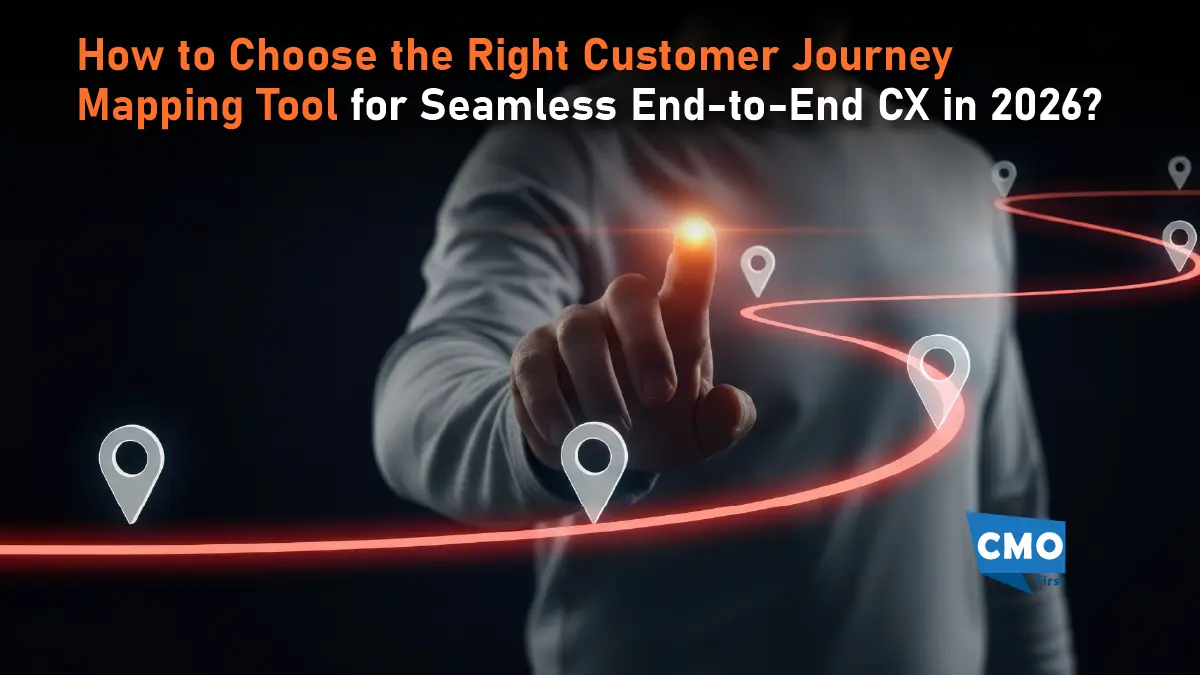
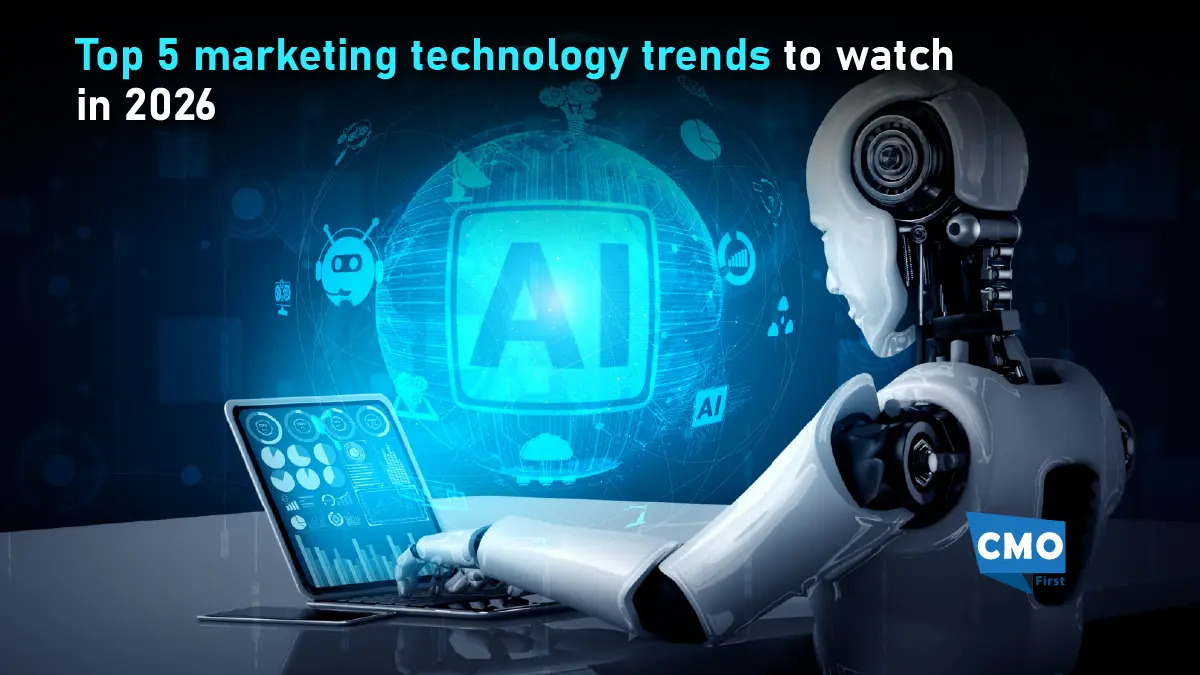
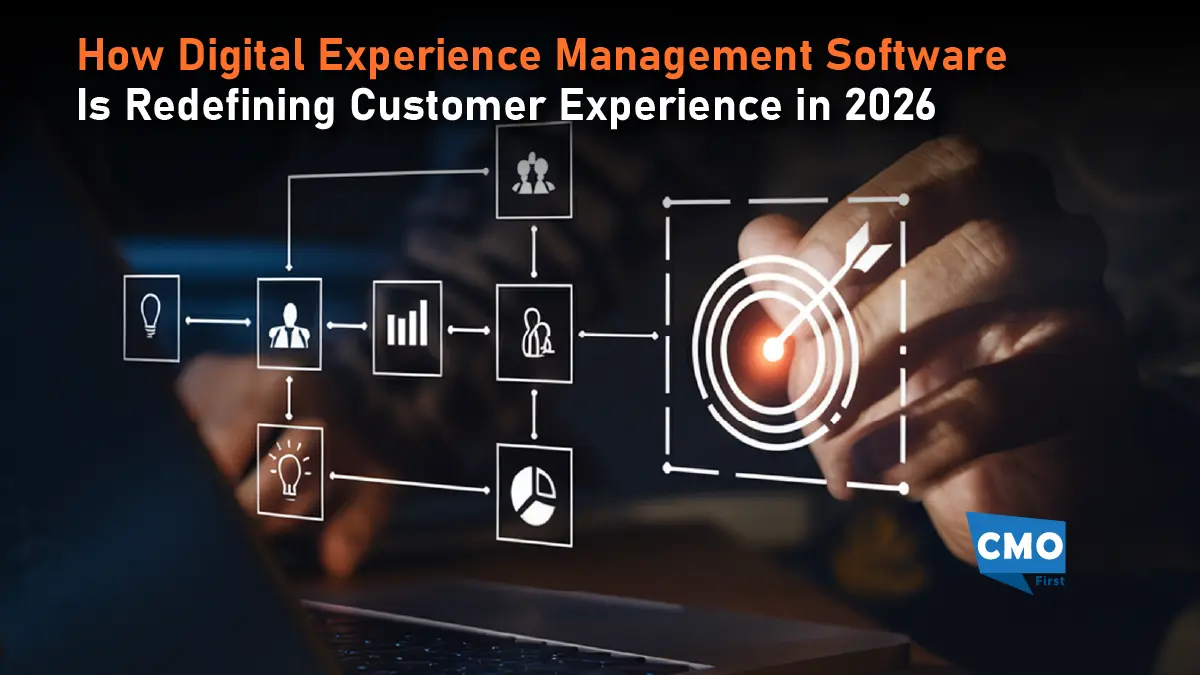
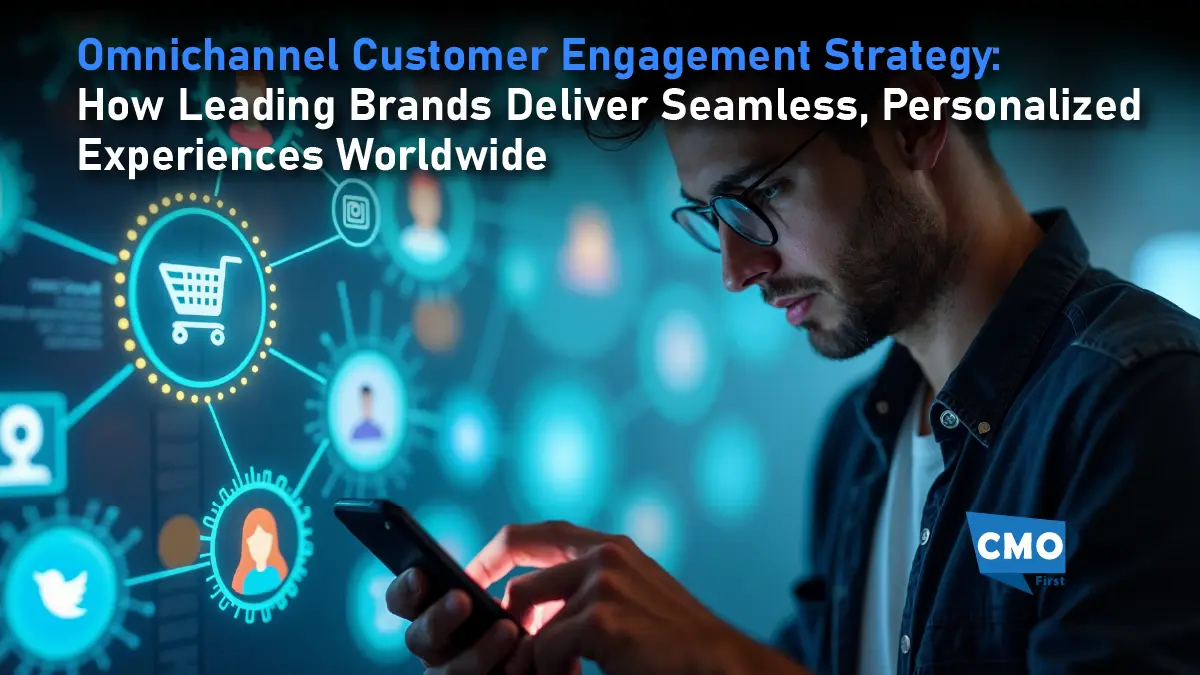










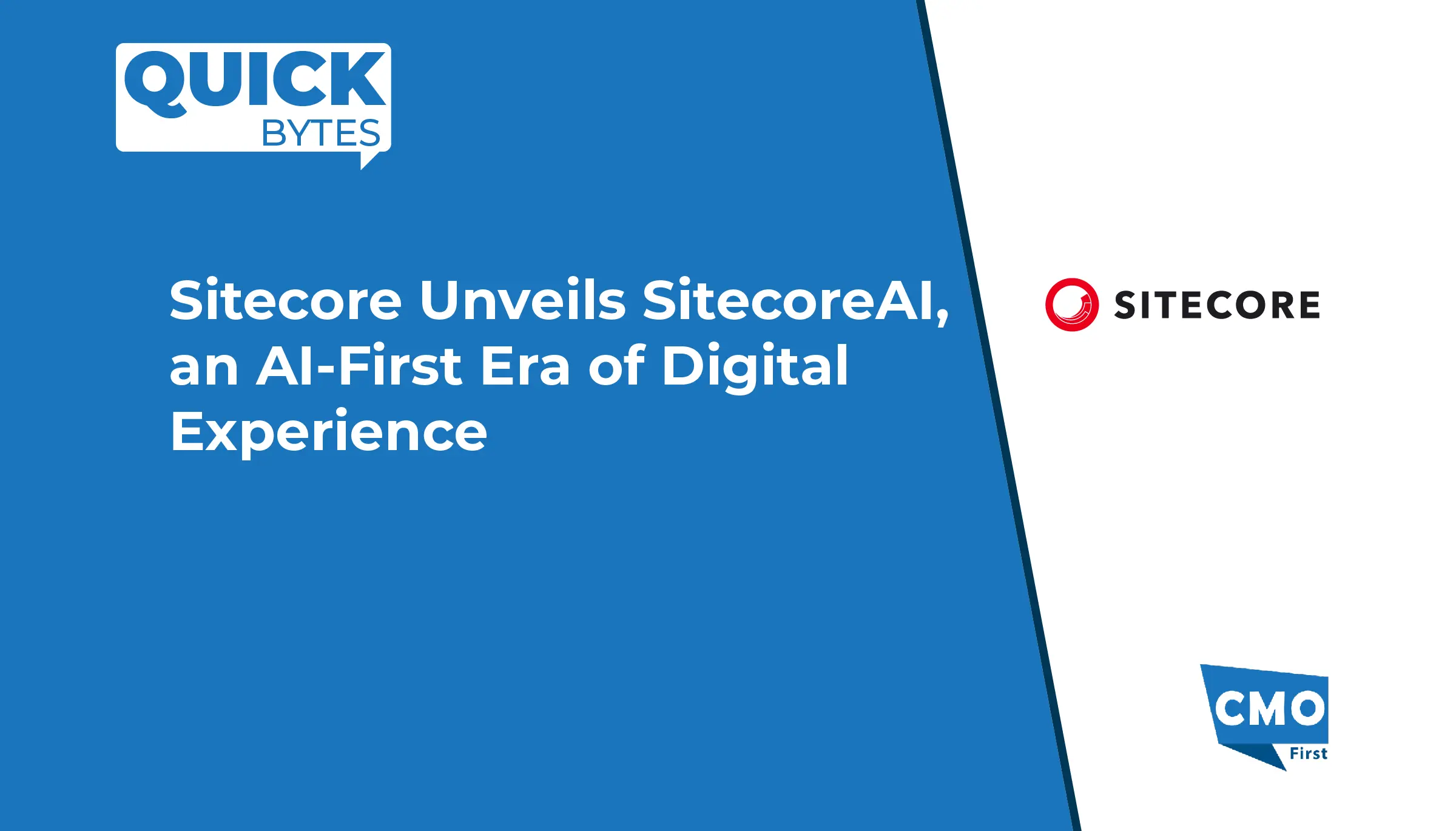
Leave a Reply